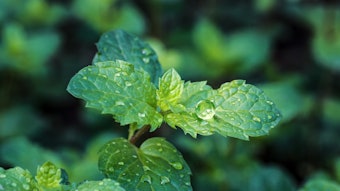Modern instrumentation for analysis of essential oils, aroma chemicals, fragrances, and flavors is more common in the laboratory today than lab balances were years ago. Few people realize how sophisticated and proficient technology has become during the few years that instmmentation has been used. Innovations in equipment and applications are daily occurrences in the laboratories of every major fragrance and flavor company. Instrumental analysis of our products affects quality control, research, development, processing, and production.
The evolution of modern analytical techniques, particularly instrumentation, has been especially significant when one considers the state of the art only twenty-five years ago when our industry first began using modern instrumental methods.
Certainly, polarimeters, refractometers, pycnometers, Nesslerimeters, Duboscq colorimeters, Lovibond color comparators, and other such instruments were used for isolated and specific analyses in our industry prior to that time. However, none of the advantages of modem instrumental analyses were present then; separations were tedious and poor, specific identifications of components were greatly limited. The chemistry of molecular structure was not in an advanced state; confirmation analysis had only been proposed a few years prior; specificity of products was hardly known.










